Filter by
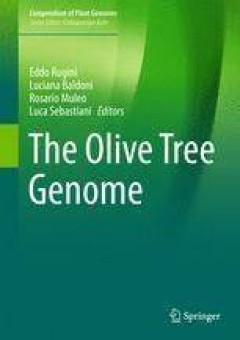
The Olive Tree Genome
This book provides an introduction to the genetics, genomics, and breeding of the olive tree, a multi-functional long-lived crop plant that is relevant not only for culinary olive and oil production, but also for shaping the landscape and history of many rural areas for centuries. Today, the recognized health benefits of extra-virgin olive oil provide new impulses for introducing innovation in …
- Edition
- 1
- ISBN/ISSN
- 978-3-319-48887-5
- Collation
- Biologi
- Series Title
- Compendium of Plant Genomes
- Call Number
- 570
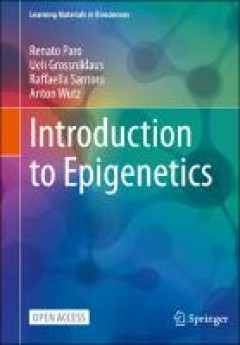
Introduction to Epigenetics
This open access textbook leads the reader from basic concepts of chromatin structure and function and RNA mechanisms to the understanding of epigenetics, imprinting, regeneration and reprogramming. The textbook treats epigenetic phenomena in animals, as well as plants. Written by four internationally known experts and senior lecturers in this field, it provides a valuable tool for Master- and …
- Edition
- Ed. 1
- ISBN/ISSN
- -
- Collation
- 215
- Series Title
- Learning Materials in Biosciences
- Call Number
- 576 INT i
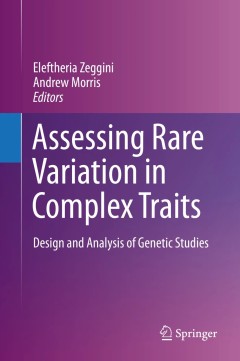
Assessing Rare Variation in Complex Traits: Design and Analysis of Genetic St…
This book is unique in covering a wide range of design and analysis issues in genetic studies of rare variants, taking advantage of collaboration of the editors with many experts in the field through large-scale international consortia including the UK10K Project, GO-T2D and T2D-GENES. Chapters provide details of state-of-the-art methodology for rare variant detection and calling, imputation an…
- Edition
- 1
- ISBN/ISSN
- 978-1-4939-2824-8
- Collation
- XI, 263
- Series Title
- -
- Call Number
- 573.21 ASS a
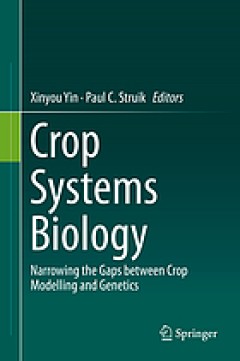
Crop systems biology : narrowing the gaps between crop modelling and genetics
The Work is an interdisciplinary research approach, combining modern genetics and genomics, traditional physiology and biochemistry, and advanced bioinformatics and crop modelling. It is a rapidly developing field and this book is testimony to its dynamic evolution. It provides examples of how gene regulatory and metabolic networks are included, in a spatially and temporally specific manner, in…
- Edition
- 1
- ISBN/ISSN
- 9783319205625
- Collation
- XI, 233
- Series Title
- -
- Call Number
- 630

Triticale
Triticale crop species has received substantial research support since the mid-20th century making it a commercial success in many countries, in diverse value propositions. However, no recent book captures the new knowledge and progresses made in more than 2 decades. The purpose of this work is to review and collate the new knowledge of triticale plant biology and agronomy, while considering th…
- Edition
- -
- ISBN/ISSN
- 978-3-319-22551-7
- Collation
- -
- Series Title
- -
- Call Number
- -

Genetics of Diabetes Mellitus
Genetics of Diabetes Mellitus is intended to be a resource for both researchers in the field as well as endocrinologists, diabetologists, and geneticists who seek to learn more about this rapidly changing and important field. The text contains chapters from experts in the area who review aspects of the genetics of both type 1 and 2 diabetes mellitus as well as various syndromic forms of diabete…
- Edition
- 1
- ISBN/ISSN
- 978-1-4615-1597-5
- Collation
- XI, 250
- Series Title
- Endocrine Updates
- Call Number
- -
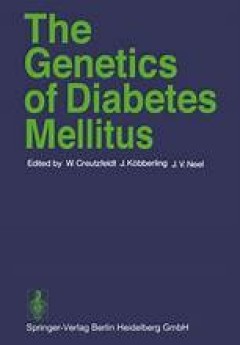
The Genetics of Diabetes Mellitus
On February 21 and 22, 1975, an International Workshop on the "Genetics of Diabetes Mellitus" was held in Göttingen, West-Germany. This workshop had been organized hy the Department of Medicine, University of Göttingen, and was generously sponsored by the Deutsche Forschungsgemeinschaft. Some forty geneticists and clinicians from Europe and N orth America, working in the field of diabetes bot…
- Edition
- 1
- ISBN/ISSN
- 978-3-642-66332-1
- Collation
- XI, 250
- Series Title
- -
- Call Number
- -
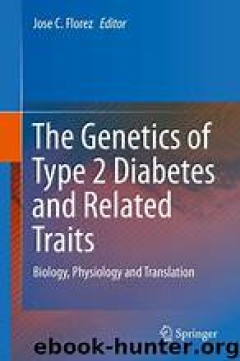
The Genetics of Type 2 Diabetes and Related Traits
This book presents the state of the art of type 2 diabetes genetics, from the process of genetic discovery to its interpretation and clinical application, and illustrates a model for other complex human phenotypes. The first section explores genome-wide association studies, the extension of this method to less accessible phenotypes and the arrival of next-generation sequencing. A further secti…
- Edition
- 1
- ISBN/ISSN
- 978-3-319-01574-3
- Collation
- XI, 576,40 b/w illustrations, 13 illustrations in colour
- Series Title
- -
- Call Number
- -

The Functional Nucleus
This book gives an in-depth overview on nuclear structure and function. It clearly shows that the epigenome and the three-dimensional organization of the nucleus are not independent properties. The intimate relationship between the location and the epigenetic modifications of gene loci is highlighted. Finally, it shows that the complex three-dimensional organization of the nucleus is not just o…
- Edition
- 1
- ISBN/ISSN
- 978-3-319-38882-3
- Collation
- VI, 513, 8 b/w illustrations, 48 illustrations in colour
- Series Title
- -
- Call Number
- -
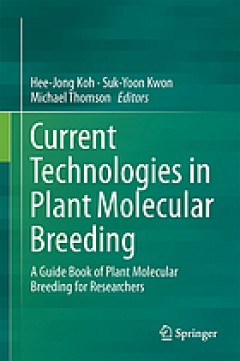
Current technologies in plant molecular breeding : a guide book of plant mole…
Recent progress in biotechnology and genomics has expanded the plant breeders' horizon providing a molecular platform on the traditional plant breeding, which is now known as 'plant molecular breeding'. Although diverse technologies for molecular breeding have been developed and applied individually for plant genetic improvement, common use in routine breeding programs seems to be limited proba…
- Edition
- -
- ISBN/ISSN
- 9789401799966
- Collation
- -
- Series Title
- -
- Call Number
- 631.58
 Computer Science, Information & General Works
Computer Science, Information & General Works  Philosophy & Psychology
Philosophy & Psychology  Religion
Religion  Social Sciences
Social Sciences  Language
Language  Pure Science
Pure Science  Applied Sciences
Applied Sciences  Art & Recreation
Art & Recreation  Literature
Literature  History & Geography
History & Geography